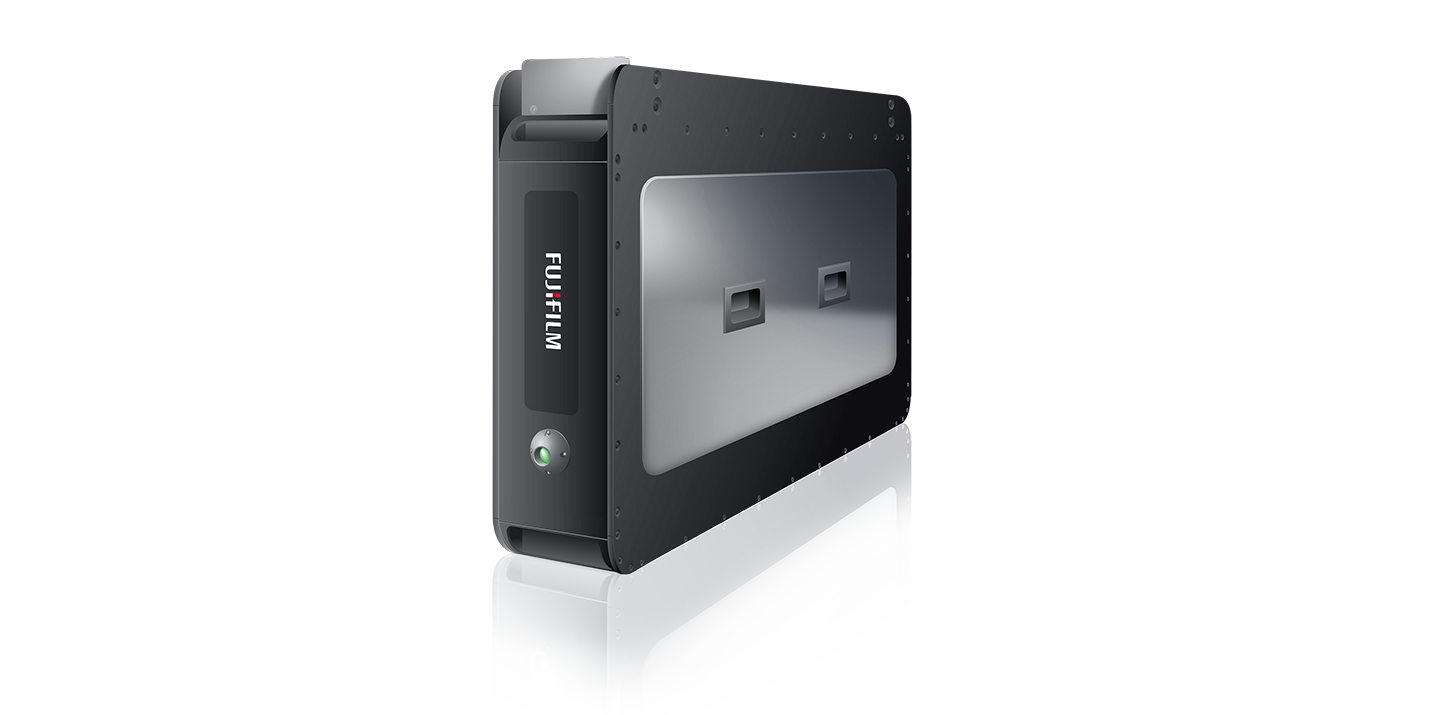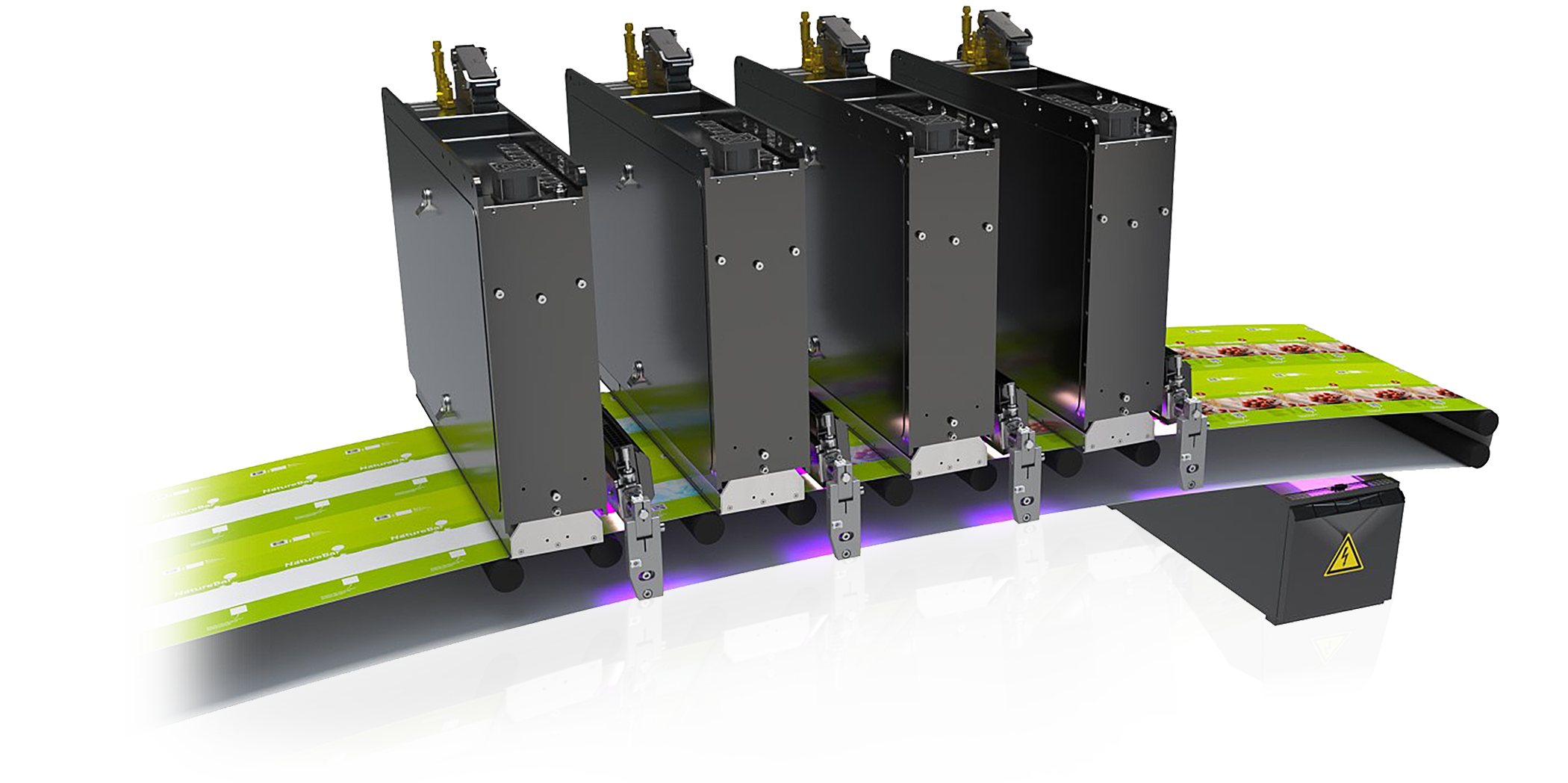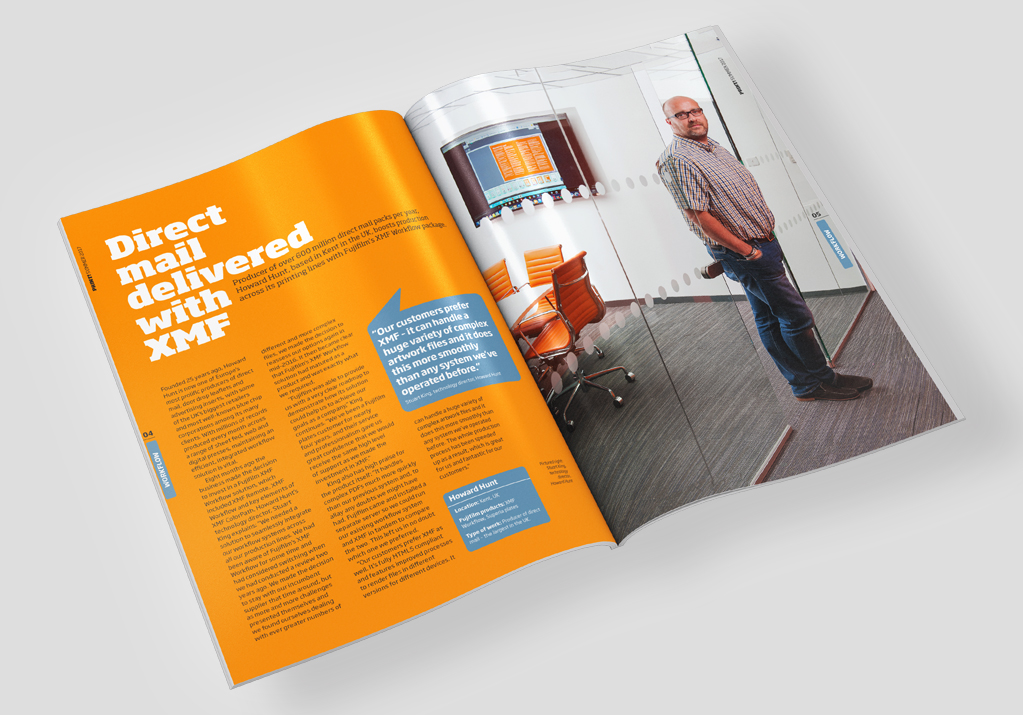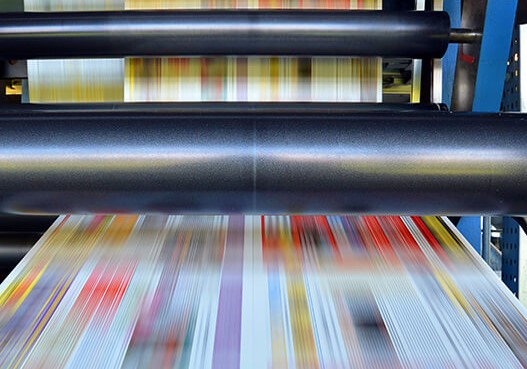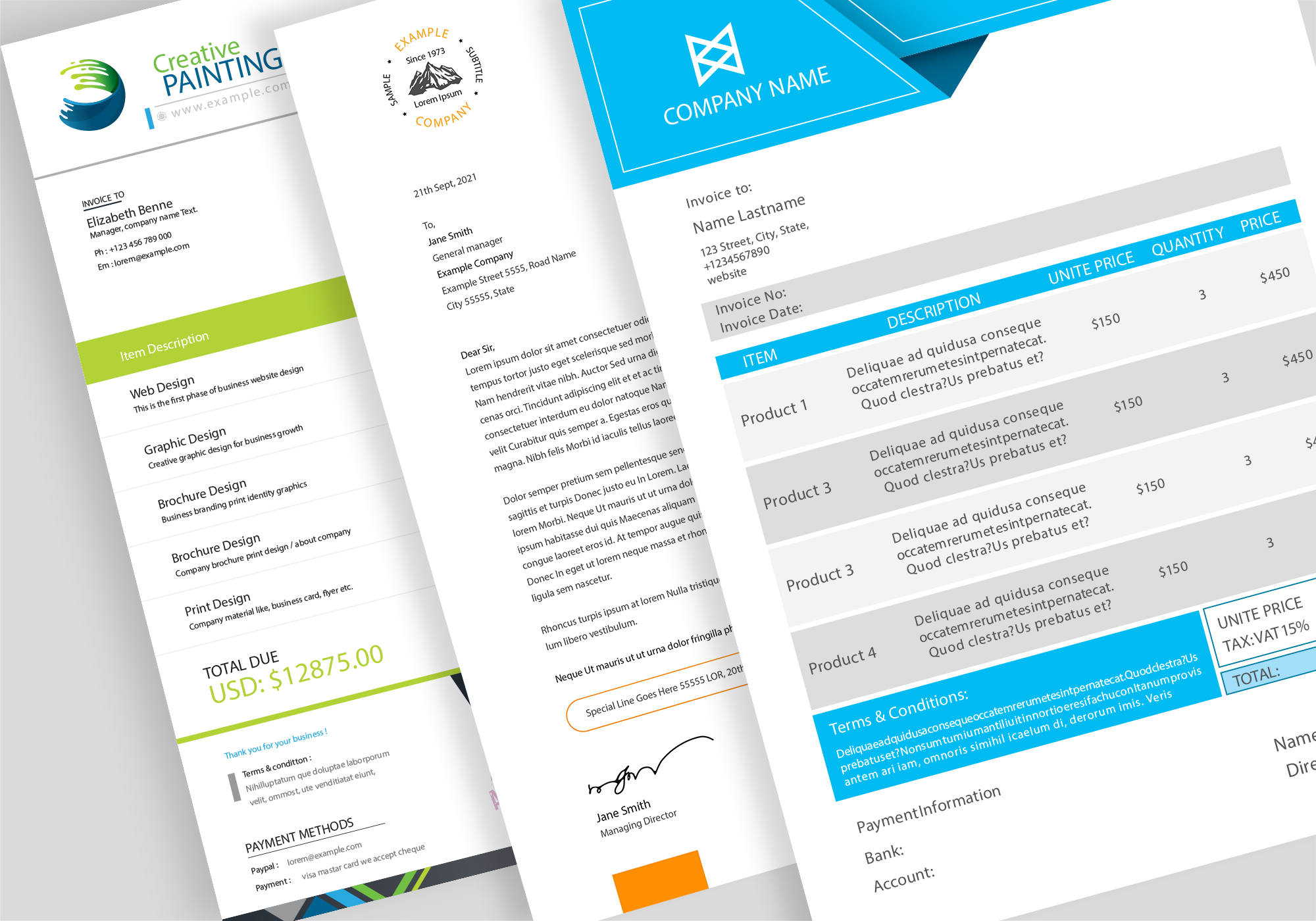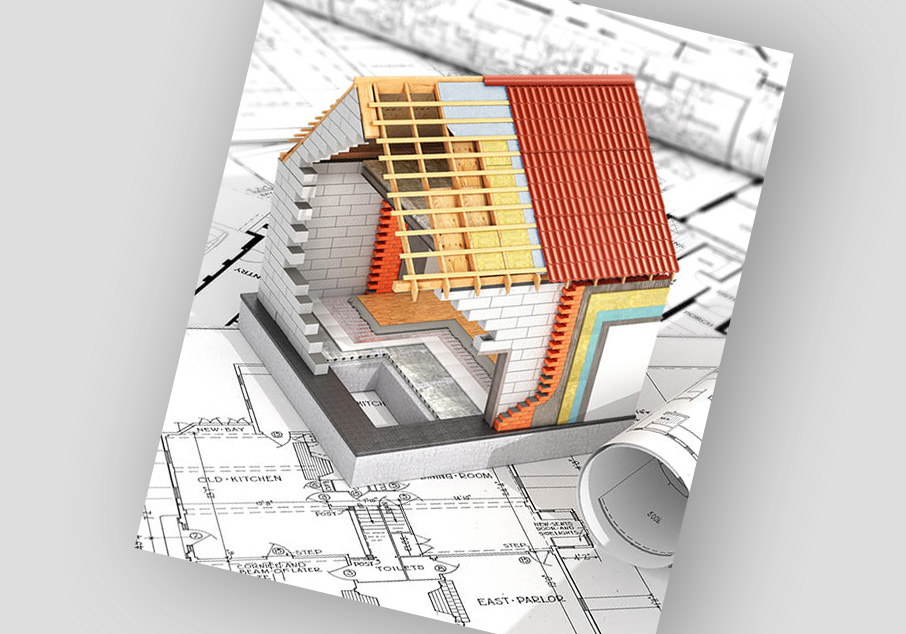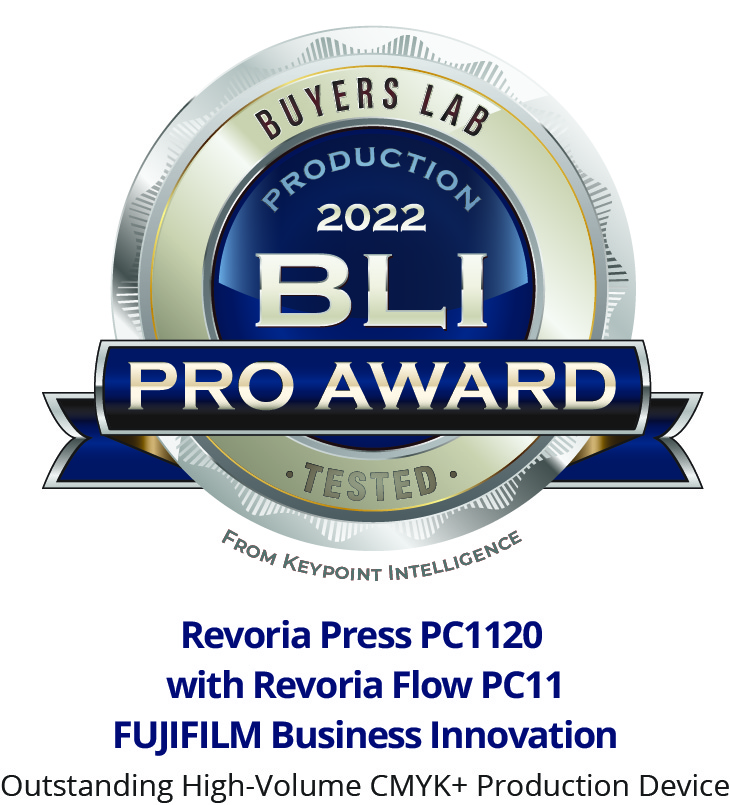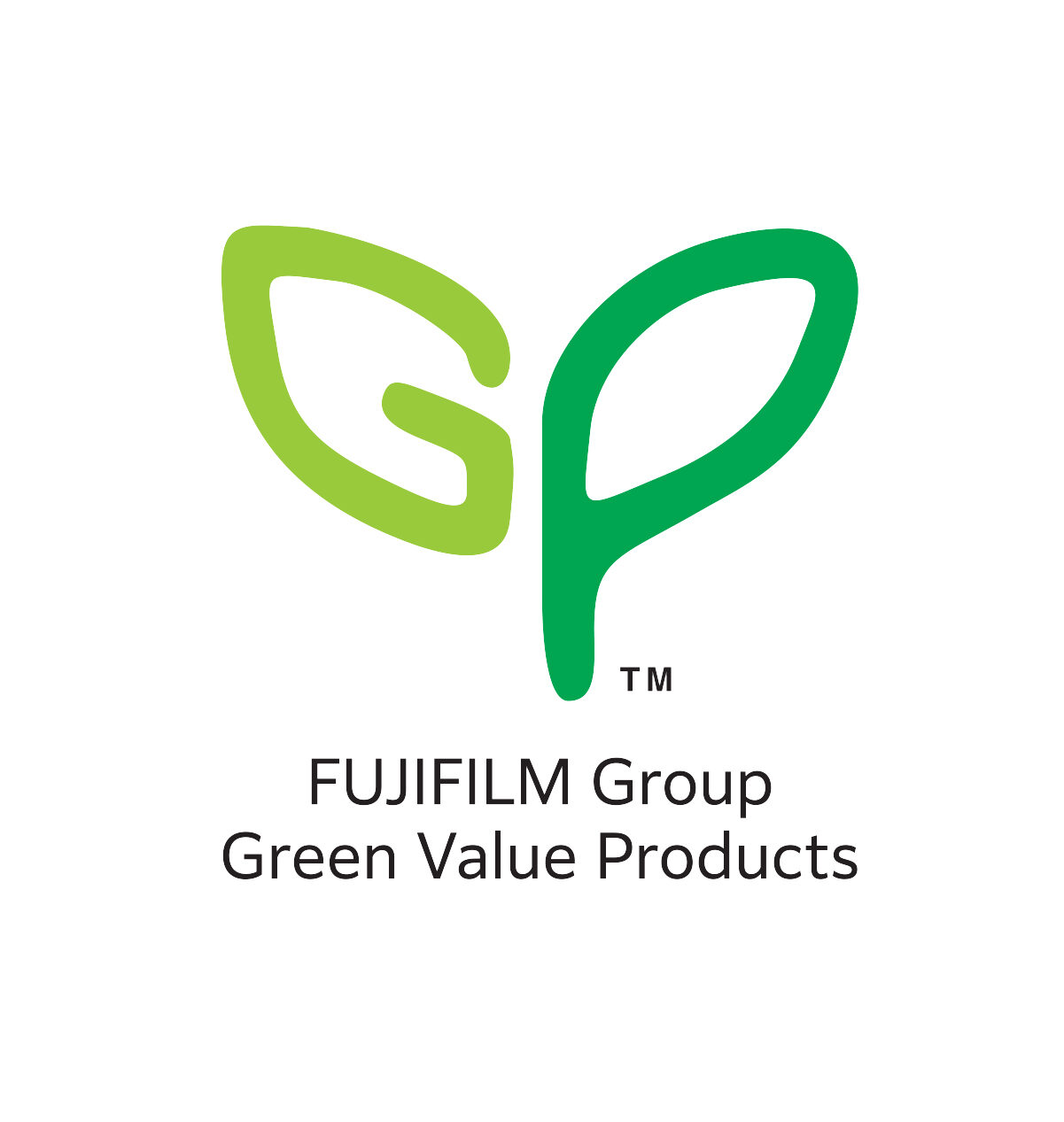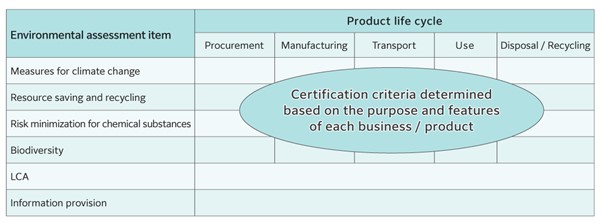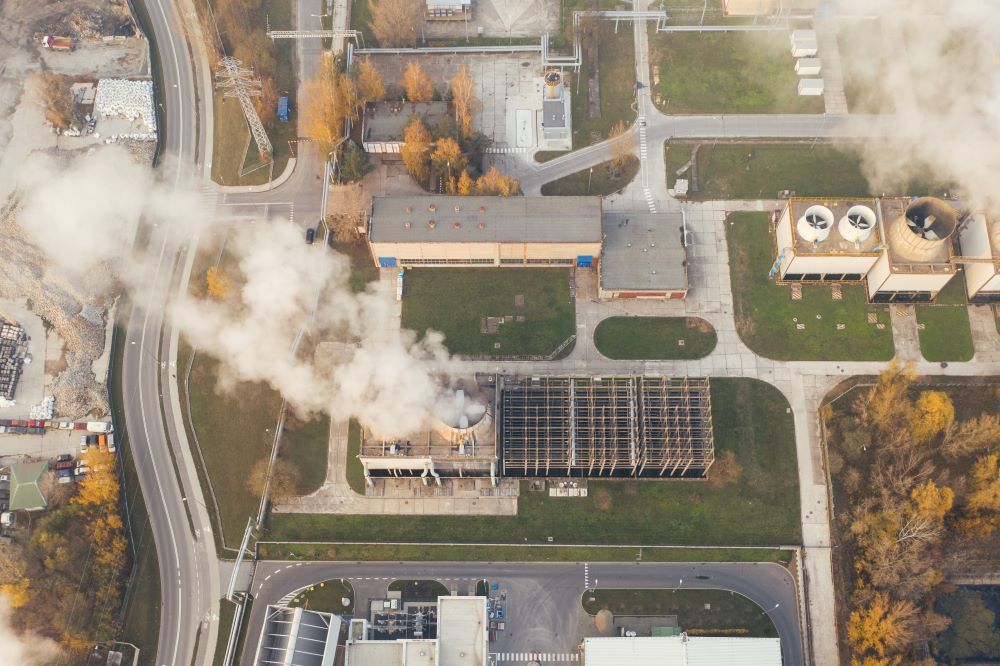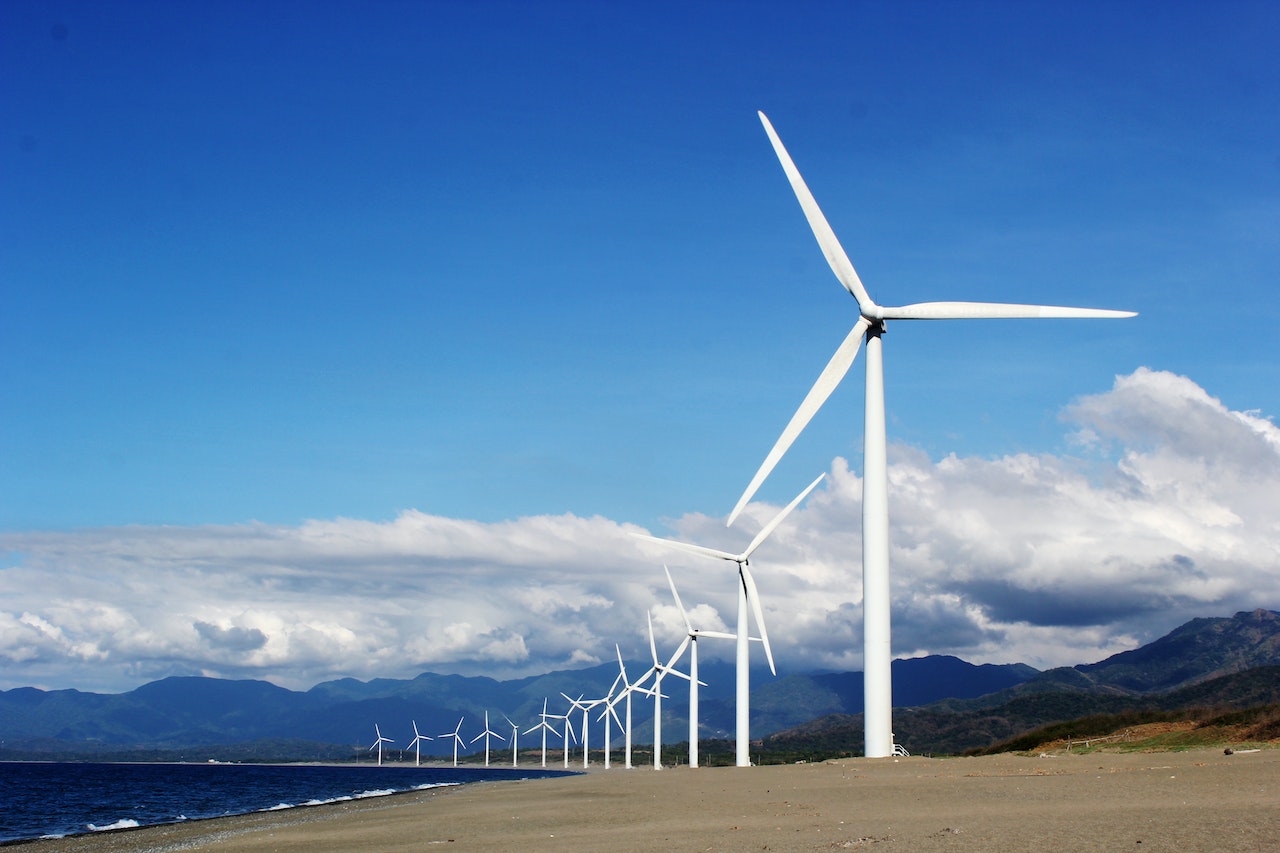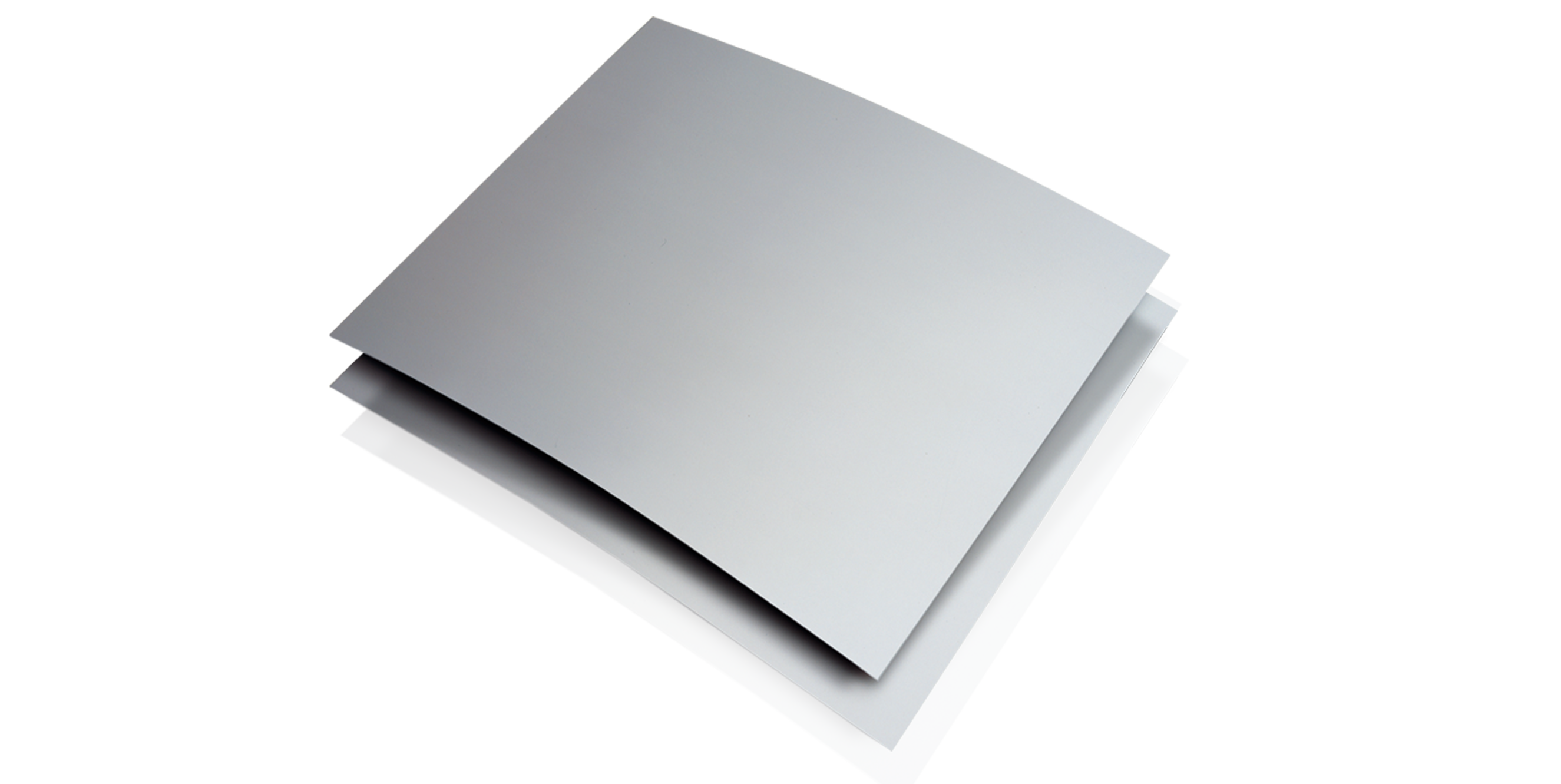Estudo de caso
German photographer produces stunning photo book with a combination of Fujifilm inkjet and toner technology

We are glad we invested in both the Jet Press and the Revoria, which together made this project possible.
Henning Rose | Wegner Gmbh
Destaques
- Successful independent photographer Gisela Schäper needed a short run of copies of her book printed at an extremely high standard of quality
- Her book was to accompany a major exhibition, marking the culmination of a 10-year project
- She initially turned to a well-known offset printer, to ensure the highest quality
- When the results fell short of her expectations, she explored other options and was referred to Fujifilm customer, Wegner GmbH
- Henning Rose at Wegner used the Jet Press 750S to digitally print the book and the Revoria Press PC1120 to produce the cover with special effects
- The finished result exceeded Ms Schäper’s expectations
Gisela Schäper is a successful independent photographer and graphic designer based in Münster, North Rhine-Westphalia, Germany. For the last ten years, she has worked on an extensive project compiling an impressive portfolio of dimly-lit photographs of castles, palaces and cellars. After building up her extensive collection, she planned a solo exhibition, entitled ‘Castle Whispers’, to showcase the photographs, after receiving sponsorship from the German government. Gisela also wanted to present the photographs in a high quality photobook to accompany the exhibition.
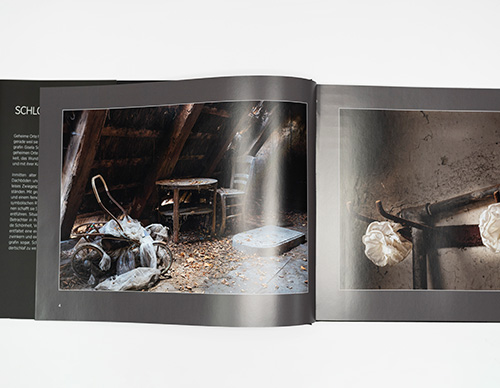
“I selected a well-known printing company to produce the book,” explains Gisela. “They recommended offset printing to achieve the best quality but, when I reviewed the proofs, the results were disappointing. The grey areas behind the pictures were not of the quality I desired, and for me, the grey areas were crucial, as they represented the atmosphere of mystery I was trying to capture in all those locations. In addition, there was a small white border line around the pictures that had not printed as I’d envisioned, and some printed areas were rough to the touch. Unfortunately, the offset press was simply not able to achieve the result I desired, no matter how many refinements the printer made, so I sadly came to accept that the book would not be able to be present at my exhibition.”
Close to giving up, Gisela’s husband was searching the internet and came across Fujifilm. “I contacted Fujifilm and explained my dilemma.” Gisela continues. “Fujifilm promptly put me in touch with Mr. Rose, CEO of Wegner GmbH. I explained my needs to Mr. Rose, and he reassured me that he could help and offered a test print. I sent him the book files, and to my surprise, he sent back the entire book printed. I was amazed by the result.”
Long-term Fujifilm customer, Henning Rose, CEO of Wegner, turned to the Jet Press 750S to print the sample of the book, which he has had installed since August 2019. He also used the Revoria Press PC1120, installed in March 2022, to print the cover of the book with special effects.
“After some small requested refinements, the final result was better than I could have hoped for.” Gisela continues. “The grey area behind the pictures was even and precise, the small white lines were printed perfectly, and the quality of the photos was excellent and sharp. I was also very impressed with the cover with the soft touch foil.”
“I was delighted to have the book available for my exhibition, printed to the high standard I had always wanted. In retrospect, I am grateful that the offset printer was not able to print my book. Otherwise, I would not have been introduced to Fujifilm and Wegner.”
Henning Rose, CEO, Wegner GmbH reflects on the project. “As soon as Gisela came to me with her query, I was confident that we could deliver the results she needed, using the Jet Press and Revoria Press PC1120. The Jet Press was used as it is ideal for the level of quality, precision and attention to detail the book required.
“In addition, the Revoria press was able to achieve the special effects on the cover, thanks to the PC1120’s ability to print metallic colours – an extra touch that Gisela was delighted with. The longer format size of the cover would also not have been possible on any other press. We are glad we invested in both the Jet Press and the Revoria, which together made this project possible.
“It was a pleasure to work with Gisela on this project and we were glad that we could help bring her vision to life, and that she did not have to give up on this project. It’s moments like this that are truly rewarding and demonstrate the value that we can provide to customers, in combination with Fujifilm, our long-standing partner.”
Revoria Press PC1120
Find out more about the award-winning features of the Revoria Press PC1120
Discover the Revoria Press PC1120
